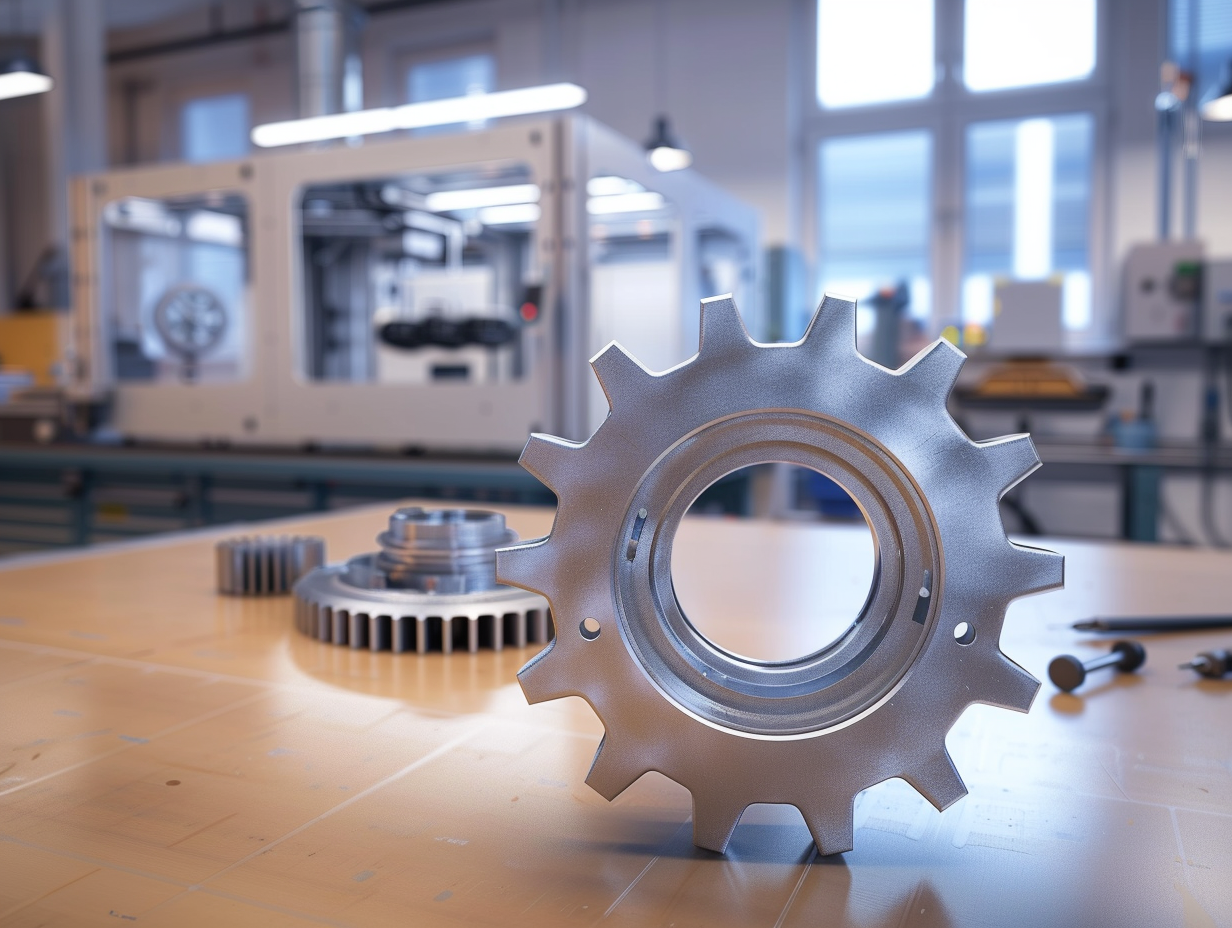Stereolithography (SLA) is one of the most popular and widely used 3D printing technologies today. Originating in the early 1980s, SLA has since revolutionized the way we approach manufacturing and prototyping. This additive manufacturing technique uses a photochemical process to build highly detailed and accurate three-dimensional objects layer by layer. In this blog, we will delve into the characteristics that make SLA unique, explore its various applications across different industries, and provide a comprehensive summary of its significance in the modern world.
SLA technology stands out due to several distinctive features that set it apart from other 3D printing methods such as FDM (Fused Deposition Modeling) and SLS (Selective Laser Sintering).
Precision and Detail
One of the primary advantages of SLA is its exceptional precision. The technology can achieve layer thicknesses as fine as 25 microns, resulting in incredibly detailed and smooth surface finishes. This level of detail is particularly beneficial for applications requiring intricate designs and tight tolerances.
Speed and Efficiency
Although SLA printing might be slower than some other methods, its ability to produce complex geometries with minimal post-processing significantly enhances overall efficiency. The support structures required during printing are easily removable, reducing the time and effort needed for finishing the final product.
Applications of SLA Technology
SLA ’s unique characteristics have made it a valuable tool in various industries, pushing the boundaries of innovation and design.
Engineering and Manufacturing
Engineers and manufacturers utilize SLA for rapid prototyping, allowing for quick iterations and validation of designs. The high level of detail achievable with SLA is essential for creating functional prototypes and end-use parts, including jigs, fixtures, and tooling components. This accelerates the development process and reduces the time-to-market for new products.

Art and Design
Artists and designers leverage SLA technology to bring their creative visions to life. The fine detail and smooth finishes possible with SLA make it suitable for creating intricate sculptures, jewelry, and fashion accessories. The technology's ability to produce complex geometries without compromising on quality opens up new possibilities in artistic expression.
Summary
Stereolithography (SLA) has established itself as a cornerstone of modern 3D printing technology. Its precision, material versatility, and efficiency make it an invaluable tool across various industries. From engineering to artistic endeavors, SLA continues to push the boundaries of what is possible in additive manufacturing. As the technology evolves, you can expect our even greater advancements in the accuracy, speed, and material capabilities of SLA, include further solidifying its role in the future of manufacturing and design.
If you are interested in learning more about how our SLA technology and products can benefit your projects, we invite you to contact us. Discover how our innovative solutions can help you achieve unparalleled results in your industry. Let's work together to bring your ideas to life with precision and excellence.
Post time: Jun-24-2024
